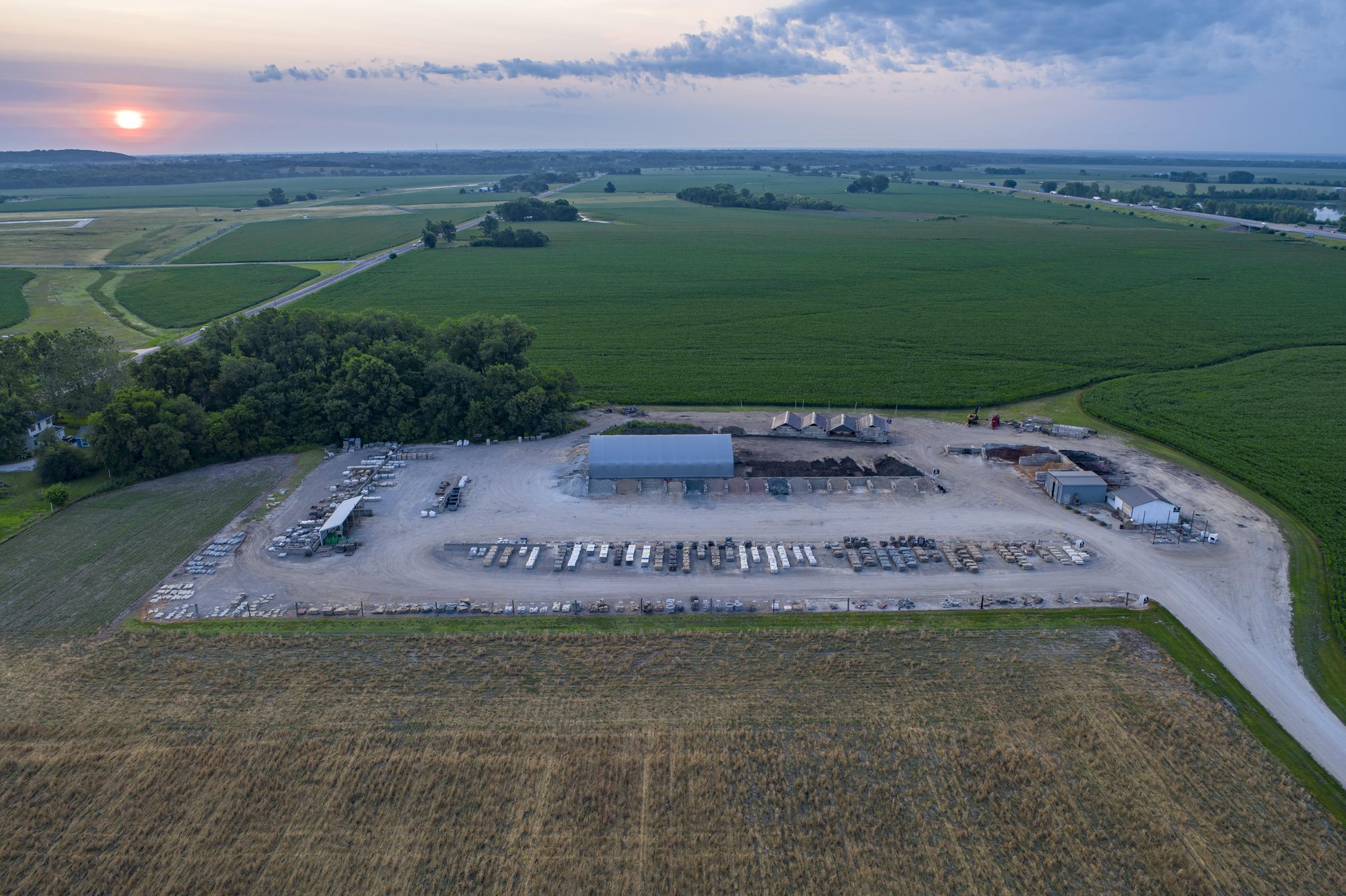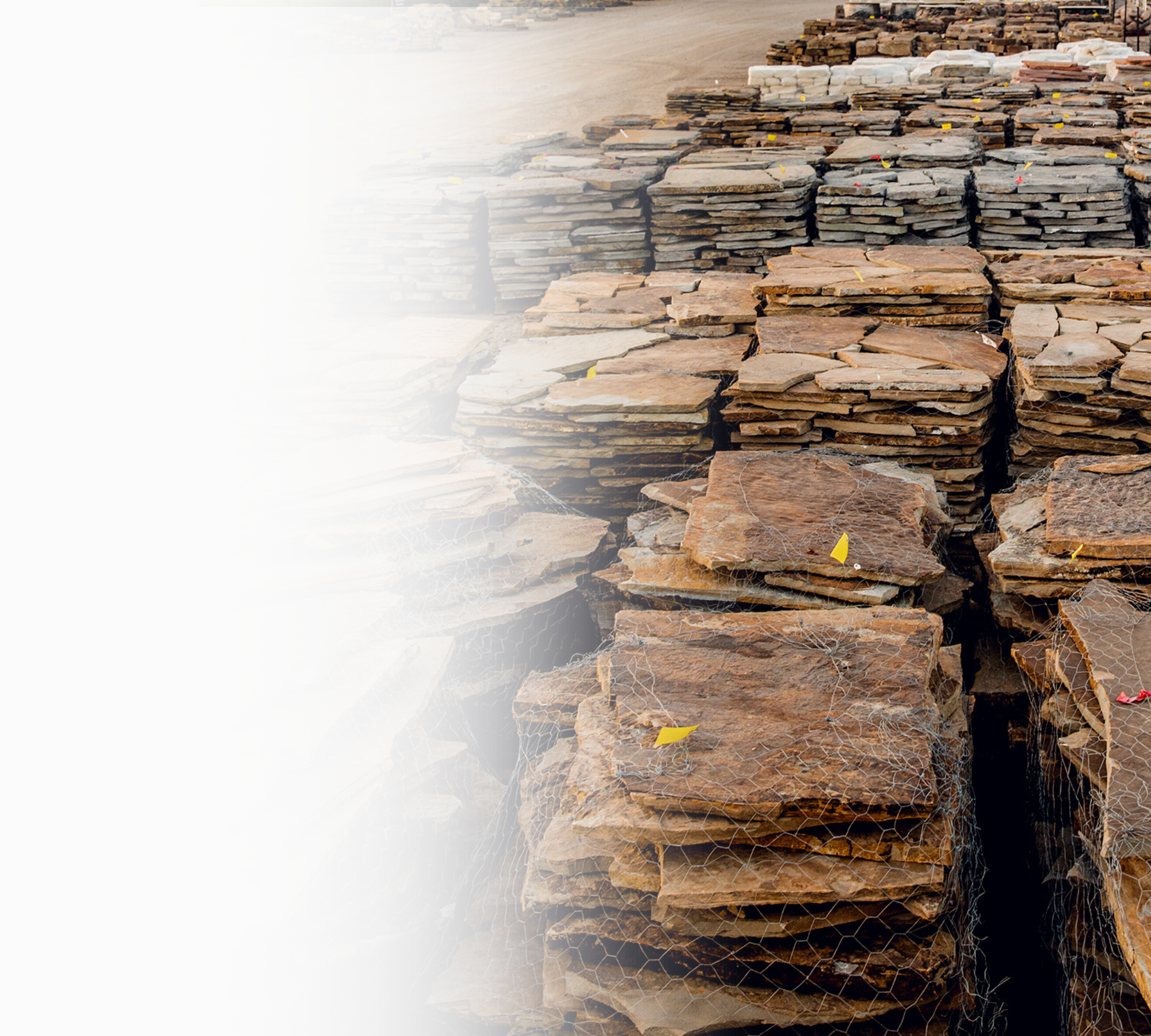

Project-Ready Materials
Make the Outdoors All Yours with Our Premium Products
Natural Stone
Enhance your outdoor space with the beauty and durability of natural stone. We offer a wide selection, including boulders, flagstone, decorative gravel, edging, drystack, stair treads, and specialty rock. Whether you're creating a stunning walkway, a natural retaining wall, or adding texture to your landscape, our high-quality stone options provide both function and timeless appeal.
Manufactured Stone
Create strong, stylish, and lasting outdoor spaces with high-quality manufactured block. We offer top brands for building retaining walls, patios, and hardscapes. Designed for durability and versatility, our products provide a reliable foundation for any project while enhancing the beauty of your landscape. Take your outdoor space to the next level with our premier lines of manufactured materials.
Veneer/Building Stone
Soil
Sod & Lawn
Create a vibrant, green lawn with our premium sod and lawn solutions. Whether you prefer the convenience of artificial turf, the natural beauty of fresh sod, or high-quality grass seed for new growth, we have the perfect option for your space. Complete your lawn care with our expert-grade products to keep your grass healthy and thriving year-round.
Mulch
Mulch is a simple yet powerful way to enhance the health and appearance of your landscape. We offer premium mulch in a variety of natural and dyed colors to suit any style. Our mulch helps retain moisture, regulate soil temperature, and suppress weeds—all while adding a clean, finished look to your outdoor spaces. Whether you're refreshing flower beds or protecting newly planted trees, our high-quality mulch delivers both function and curb appeal.
Outdoor Living
Create a warm and inviting outdoor space with our selection of fire pits and fireplaces. Whether you're looking for a cozy gathering spot or a statement feature, our high-quality options provide both style and functionality. Perfect for extending outdoor enjoyment year-round, these additions bring comfort and ambiance to any landscape.
Lighting
Accessories
Our selection of accessories helps you put the finishing touches on any outdoor project. From durable edging and weed barrier fabric to polymeric sand, drainage solutions, and erosion control products, we carry the essentials that make installation easier and results longer-lasting. Whether you're tackling a backyard upgrade or a professional build, our accessories are here to support your vision—every step of the way.
Pickup & Delivery Simplified
Impactful service to keep your project moving





